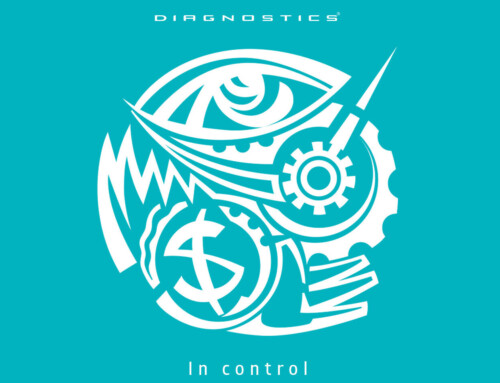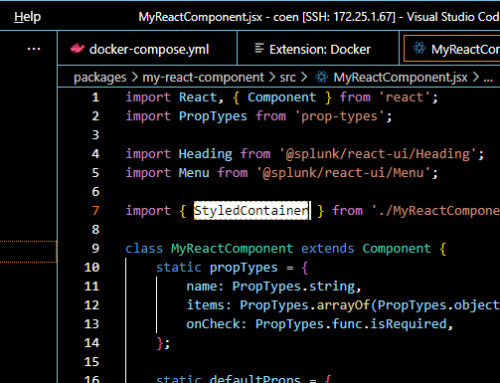I am sure that the GIS and Asset Management world has taken notice regarding the huge architecture improvement GE has made in its GeoSpatial Server (GSS) product for Smallworld. From the legacy jBoss solution, it has now gone completely cloud compatible with Kubernetes.
Of course, Kubernetes is the buzz these days but it is worth noting that GE’s investment here makes it a truly scalable solution for your web/cloud application backend using state of the art technology without reinventing the wheel over and over again. It is not a simple dumping of the application into a container or cluster like we’ve seen from ESRI presentations.
The thought put into creating a Kubernetes based architecture, the way GE has done, has resulted in a well-designed solution which is all inclusive, from authentication and authorisation to well-designed load balancing solutions.
Bifröst
The design team used a great name when referring to the term Bifröst for the general access of the GSS cluster. The god Heimdallr will guard the bridge to the backend functionality.
When studying the solution, we see a lot of standard components tightly configured together for a well-functioning solution.
Open source
Many open source standard solutions are put together: Docker for the containerization. Kubernetes to orchestrate the cluster. UAA for guarding access. Open source logging solutions and in the end the backend software also nicely containerized.
New technology
If you are not familiar with the technology of containerization, starting with the new version of GSS can be quite a challenge. You have to familiarize yourself with how Docker containers and Kubernetes pods work. You then need to learn the knowledge of orchestrating all these containers with Kubernetes and finally creating your customizations in the backend containers.
A steep learning curve…
We at Realworld Software Products B.V. wanted to know more about this solution and with our international Realworld sister companies, we set out to acquire this knowledge together.
Development environment
In order to become familiar with this technology, we started by having a look at the current knowledge base and extending that by getting acquainted with Docker and its capabilities. The next step was to dive into the Kubernetes solutions. Past experience perceived the best way to get into cluster technology is to have a “real” cluster, meaning to have multiple computers do the job. In Cluster terms: have multiple nodes.
If you want to know more, please contact myself or one of my Realworld colleagues. We can definitely help you out with gaining this knowledge too.
Logging
One particular element in the new GSS solution available is logging. GE setup a great logging possibility in this architecture by using the ELK logging framework. GE provides an example dashboard with two graphs. Unfortunately for you as a customer it is a framework…while for a consultant: some work to do!
Proactive
For those people familiar with Smallworld, you are probably aware of Diagnostics. Diagnostics is a tool to assist customers to improve the performance of their system on the basis of big data. This big data also facilitates customers to monitor proactively in addition to reactively. This is what ELK facilitates and as such interpreting that big data can sometimes be a challenge. With Diagnostics integrated, you can be proactive by providing clear and transparent insight on that big data – in advance. This is the big difference compared with using logging. Logging makes you react afterwards when an issue has happened. Proactive is that you see your nodes in the GSS cluster are not equally sharing the load. Proactive is that you see upfront that certain services are misbehaving on particular data.
Diagnostics
We created an easy way to ingest the GE GSS logging into Diagnostics and configured it to enrich the extensive insights already provided there, including data load and database access from GSS’s Magik service provider pods!
Conclusion
So, a bit of a preview for you…with our next release of Diagnostics, we can assist in monitoring your GSS solution. By the way, should you need assistance with your GSS architecture: you know how to find us!
But be proactive: monitor your applications and be ahead of the curve. Behind the curve always means sliding off of it.







